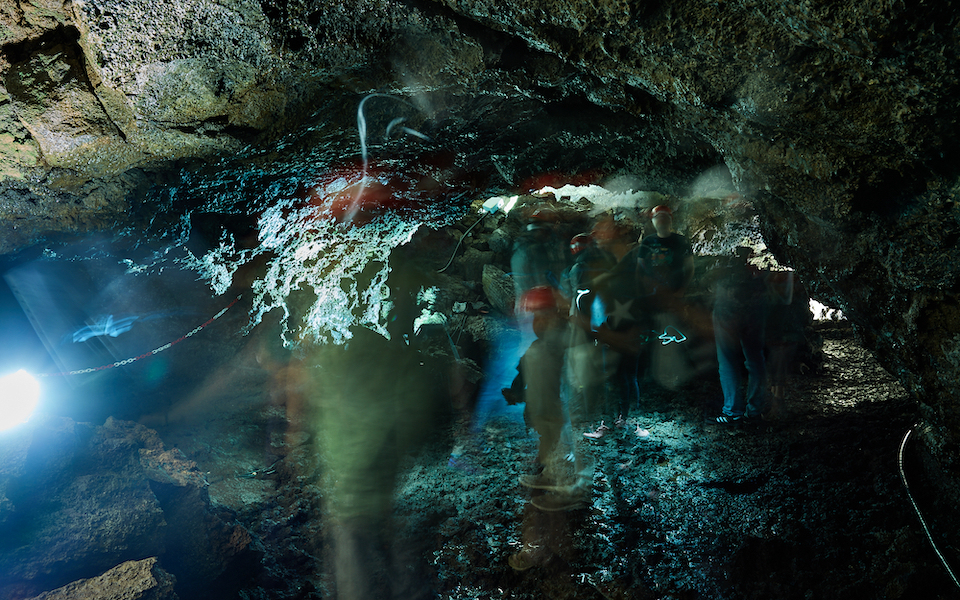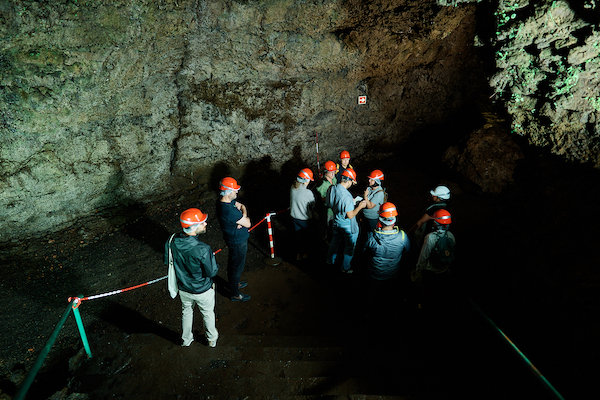From 22 to 28 November, a team of seven people, of different nationalities, will be isolated in Grotta do Natal, on the island of Terceira (Azores), to simulate the lunar environment.
This is the first mission of the CAMões project – the Cave Analog Mission for Ocean, Earth and Space Exploration – which will make it possible to turn the Azores into an island. testbed For astronauts around the world. The project is promoted by the Os Montanheiros Association and INESC TEC – the Institute of Systems, Computer Engineering, Technology and Science, and has an official presentation scheduled for November 8.
What are Portugal’s capabilities in training astronauts? How important is the mission for the Azores? What facts will be used? What will be done inside the cave? The answer to these and other questions will begin to be presented in the official demonstration of the first lunar analogue mission, on November 8, at the facilities of the Robotics and Autonomous Systems Laboratory at INESC TEC.
This event marks the beginning of the CAMões project and provides mission details that position Gruta do Natal, in the Azores, as an ideal place for research missions that can contribute to similar studies and assist in the planning and design of lunar and Mars missions.
Anna Pires, researcher at INESC TEC, highlights the richness of the cave’s natural structure, made up of lava tubes. “Astronauts from different space agencies such as ESA and NASA have been looking for this type of structures and scenarios to carry out their training on planetary geology, because there are similarities with lava tubes on Mars and the Moon. It becomes, therefore, important to test their geotechnical stability.” To understand whether these structures could be made a base camp on future missions into space in order to protect astronauts from radiation, for example.
This is the first mission of its kind to be carried out in Portugal, and it is expected that in 2024, Grotta do Natal will be a new site for similar missions, reliable and certified. For this to happen, after this inaugural mission, the CAMões project will allow teams from the national and international community to participate in future missions.
Over the course of seven days and six nights, the crew will be the first to spend the night in this environment. They originally come from five countries, speak eight languages and represent more than 11 regions. By taking advantage of the unique characteristics and biodiversity of the cave as a scientific and research context, they will conduct studies in various sectors, training, testing technology and collecting data, among other scientific activities. Outside, a team of experts in speleology, volcanology, microbiology, geochemistry and space medicine will serve as “mission control.” In addition, they will have a permanent multidisciplinary medical team and volunteers for the project.
“It is a large-scale initiative that demonstrates the potential of the country, not only in terms of natural and geological resources, with high levels of dedication, but also in terms of the capacity of our institutions, the quality of our researchers, and the teams. “We can do this when we collaborate in a network at the highest level,” believes João Claro. , CEO of INESC TEC, highlighting that “this will be a milestone in Portugal’s position in this field.”
The project brings together many national and international partners and has a strong pedagogical component, with a particular focus on Science, Technology, Engineering and Mathematics (STEAM), where the Ciência Viva and ESERO programs play an important role here in transferring this mission to schools, and is multicultural, as it includes people from the whole world. Different parts of the world.

“Friendly zombie fanatic. Analyst. Coffee buff. Professional music specialist. Communicator.”


